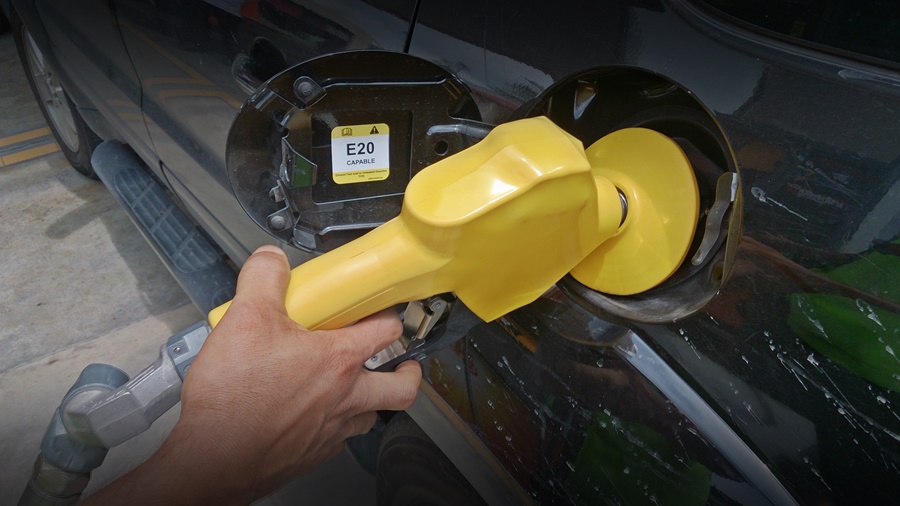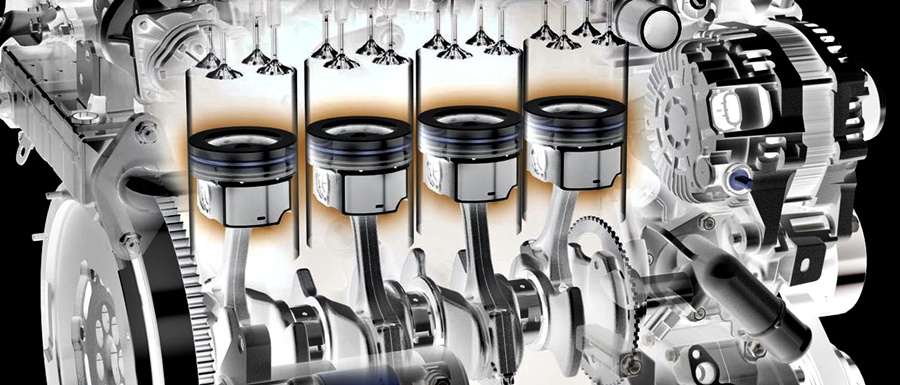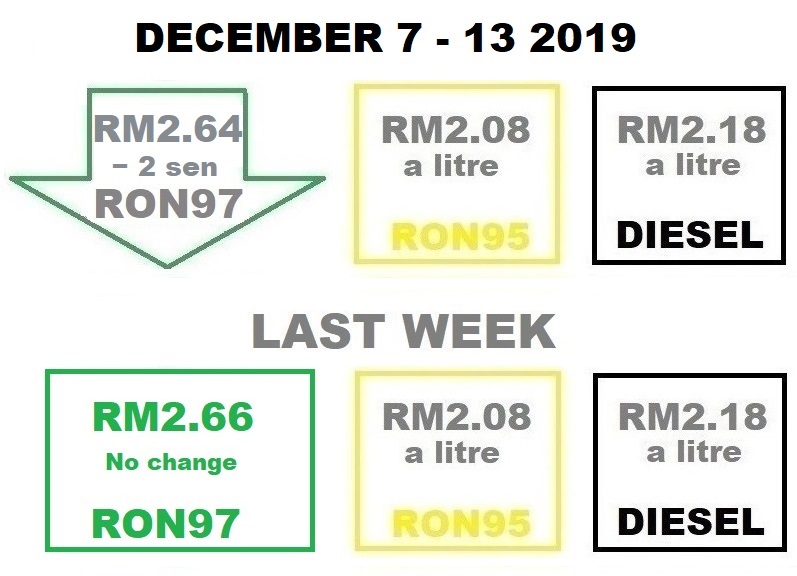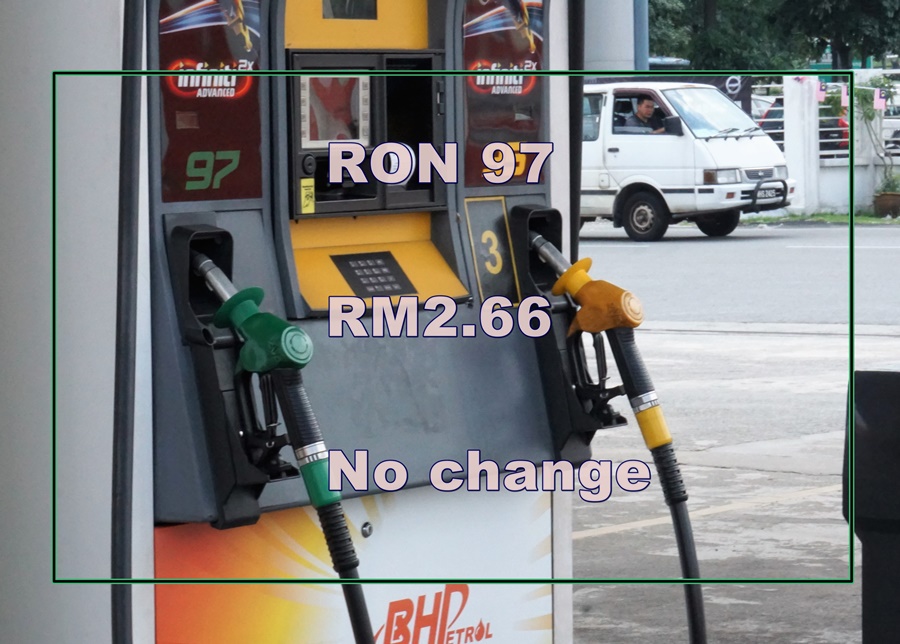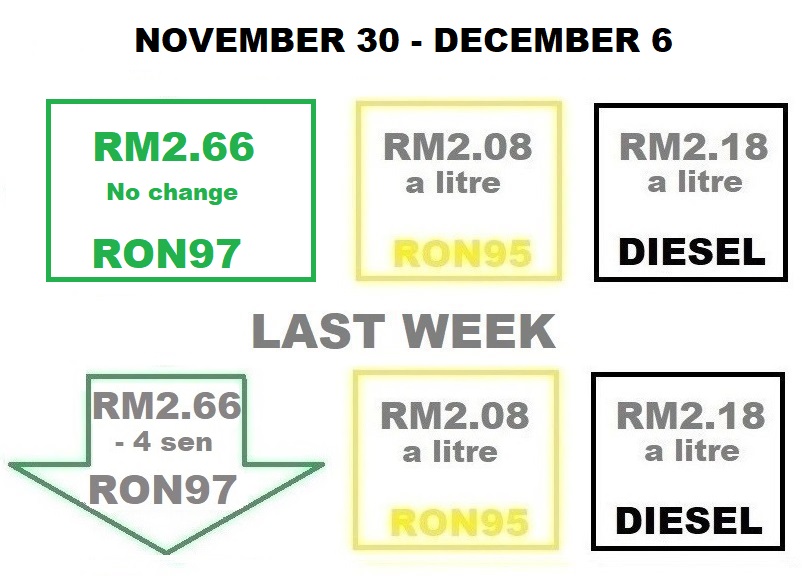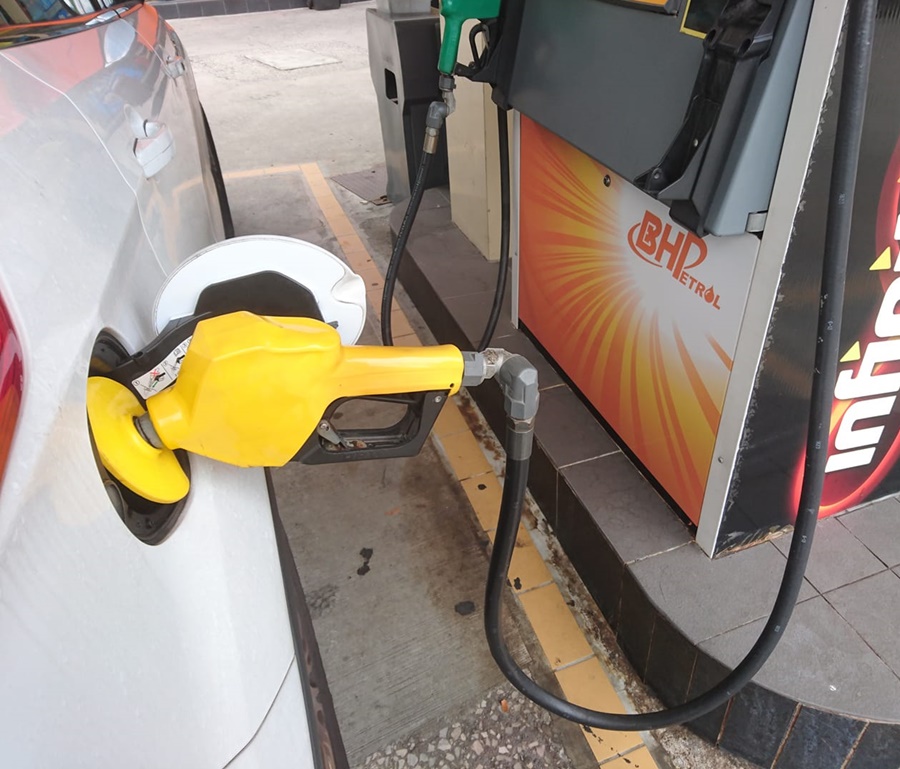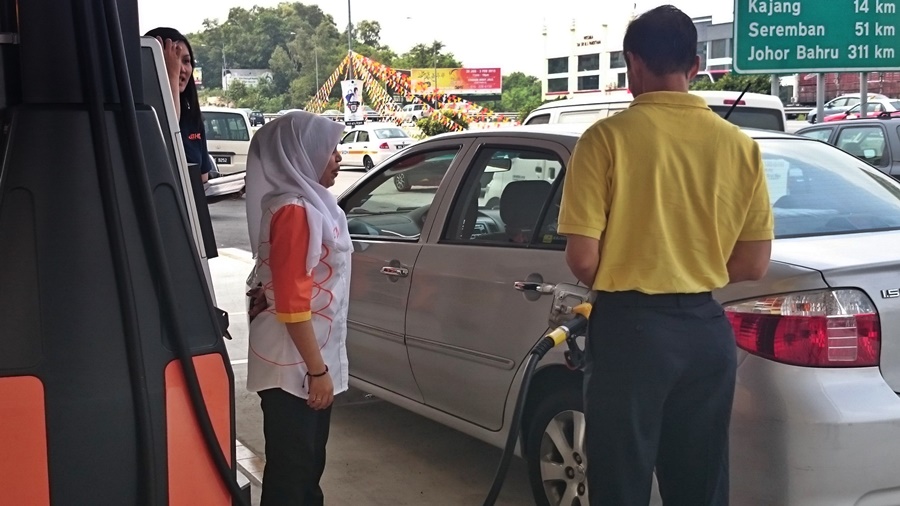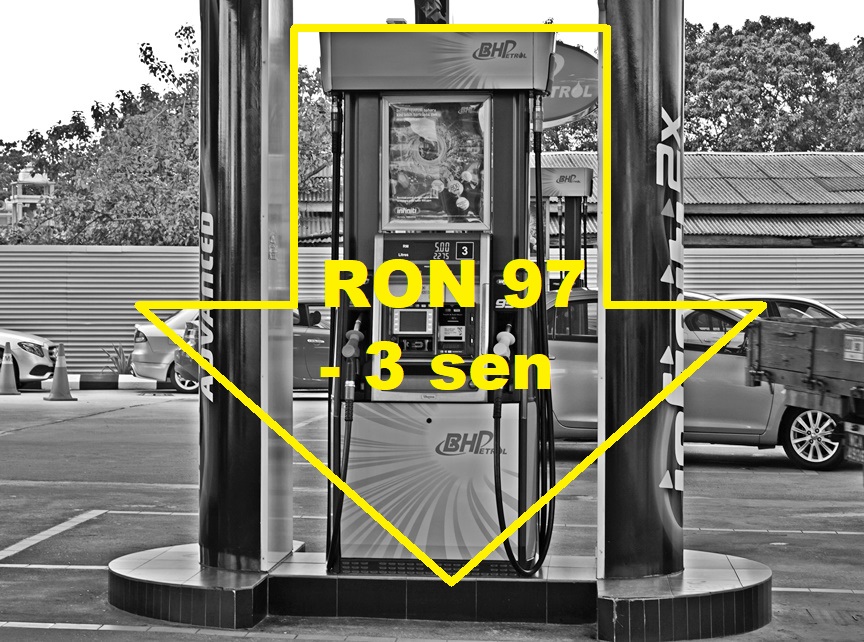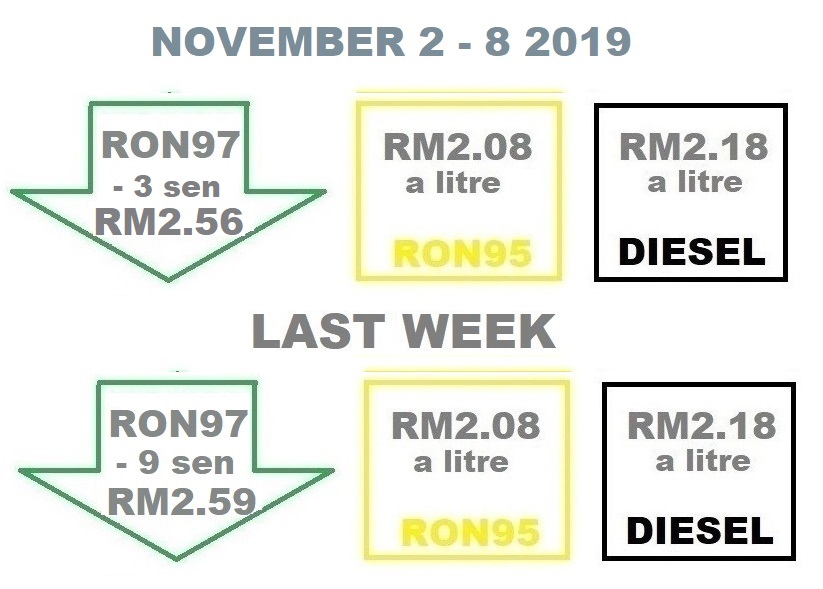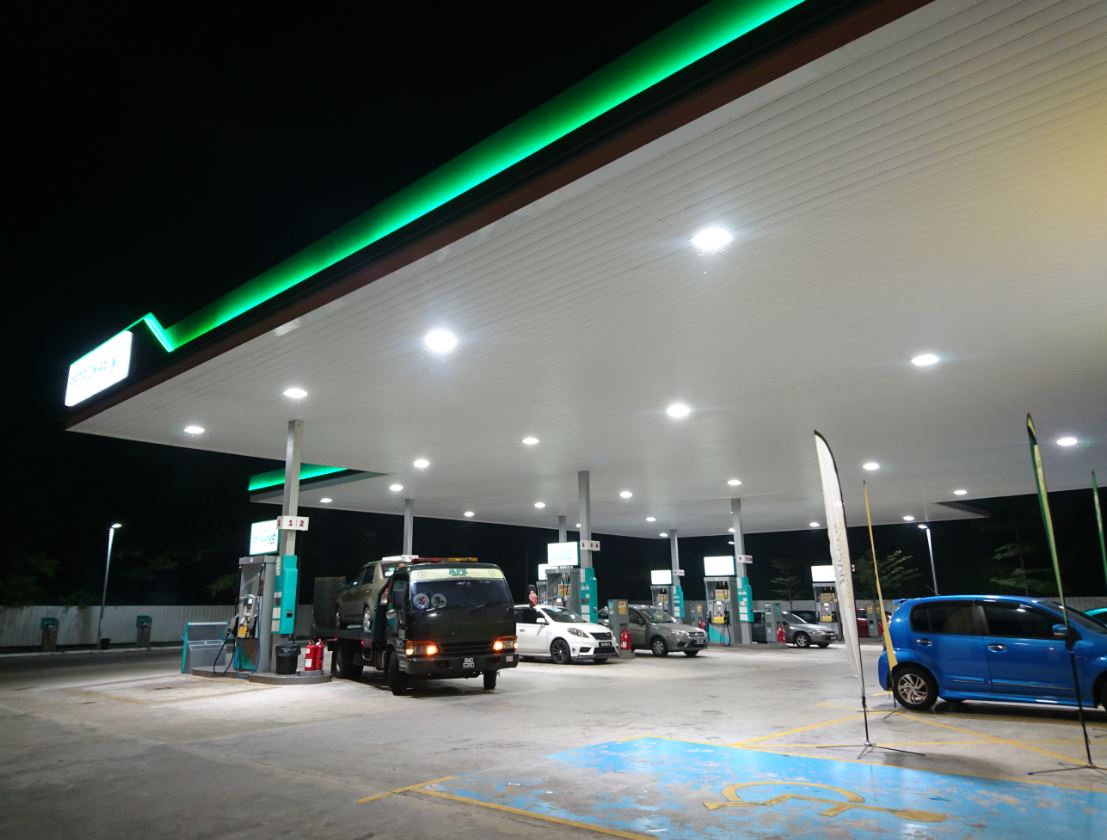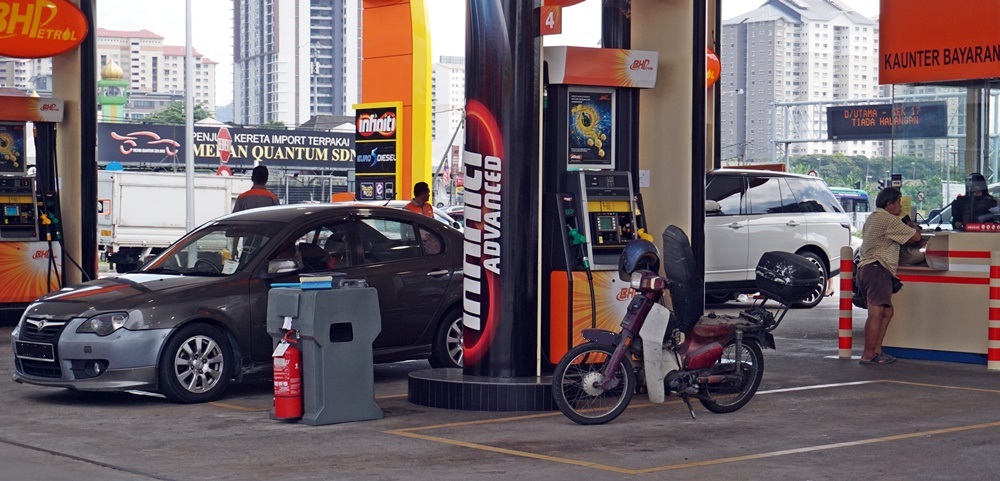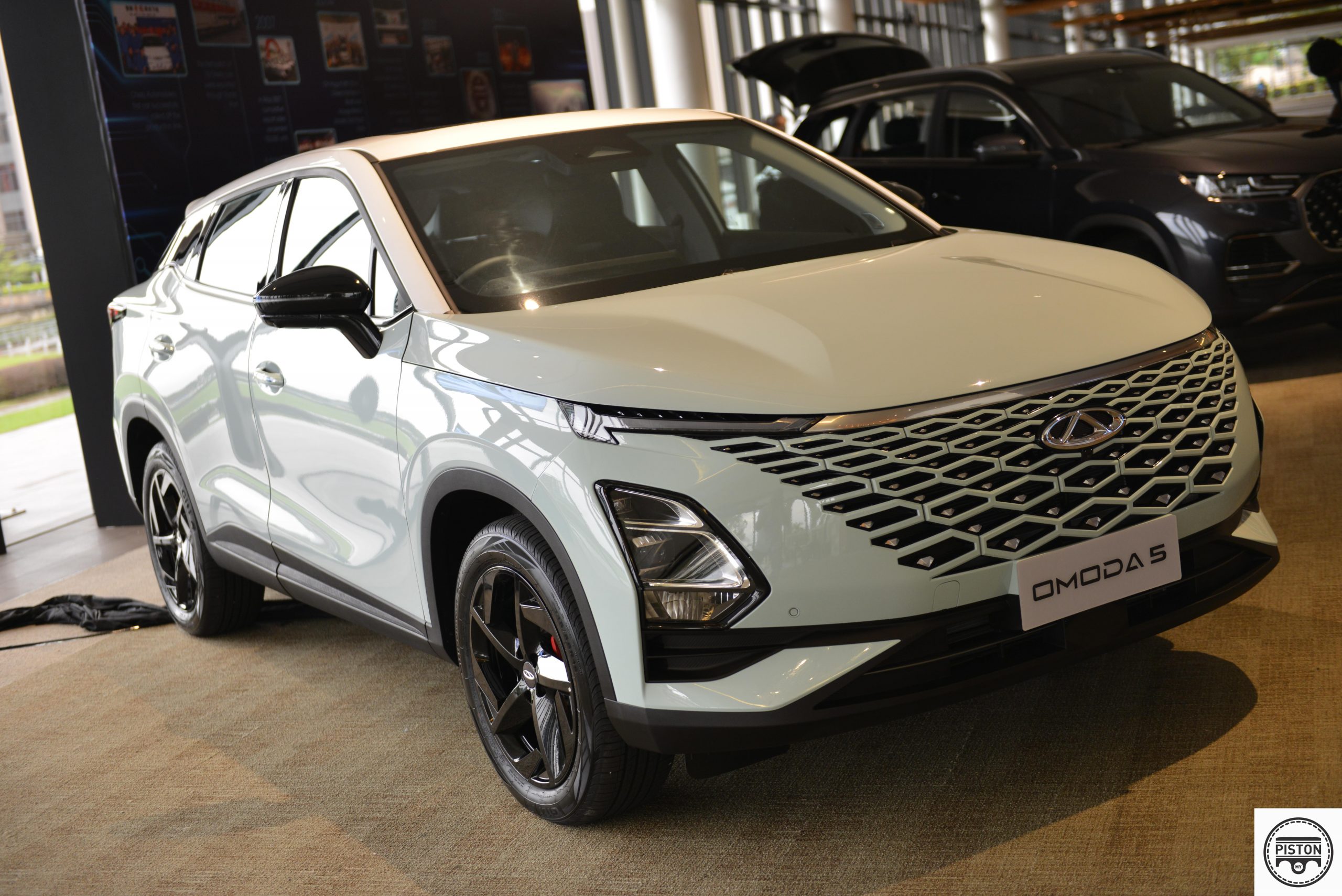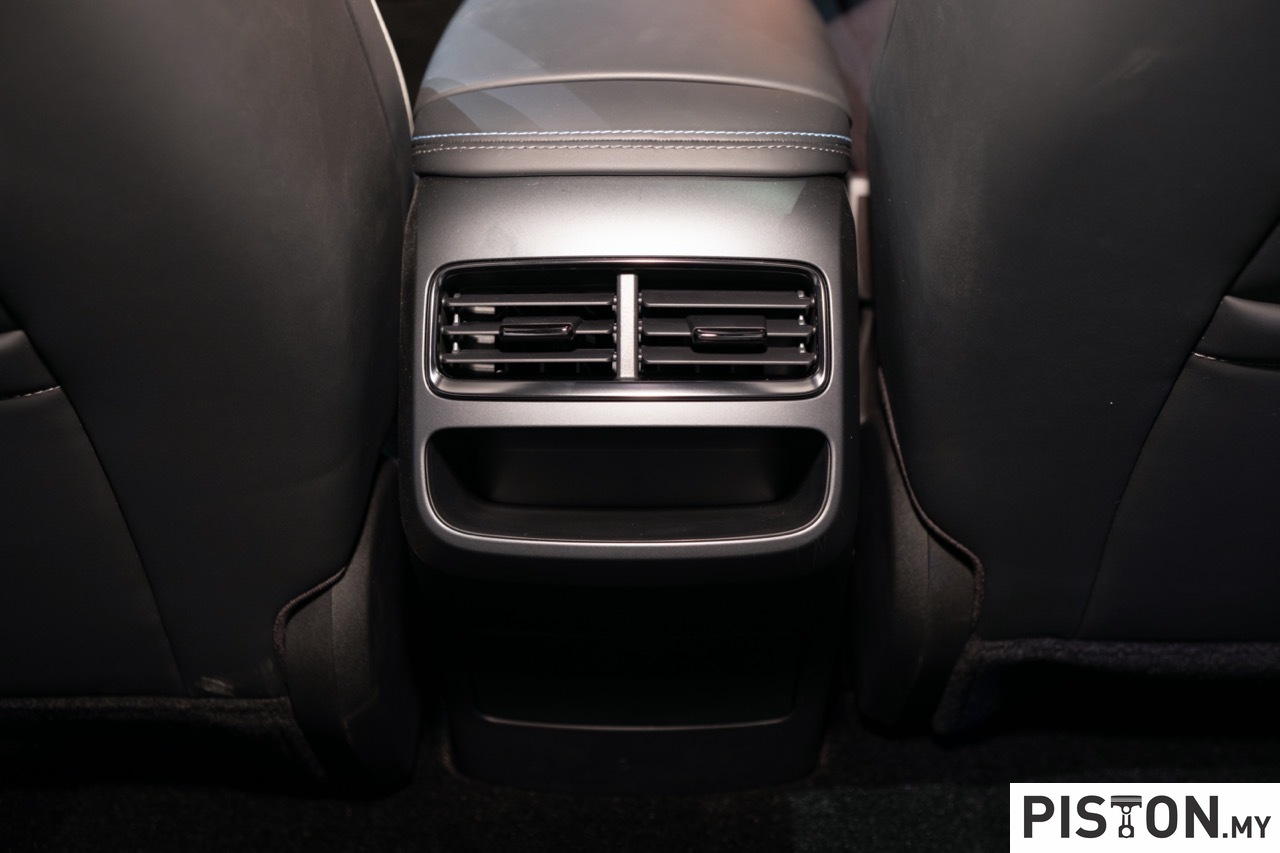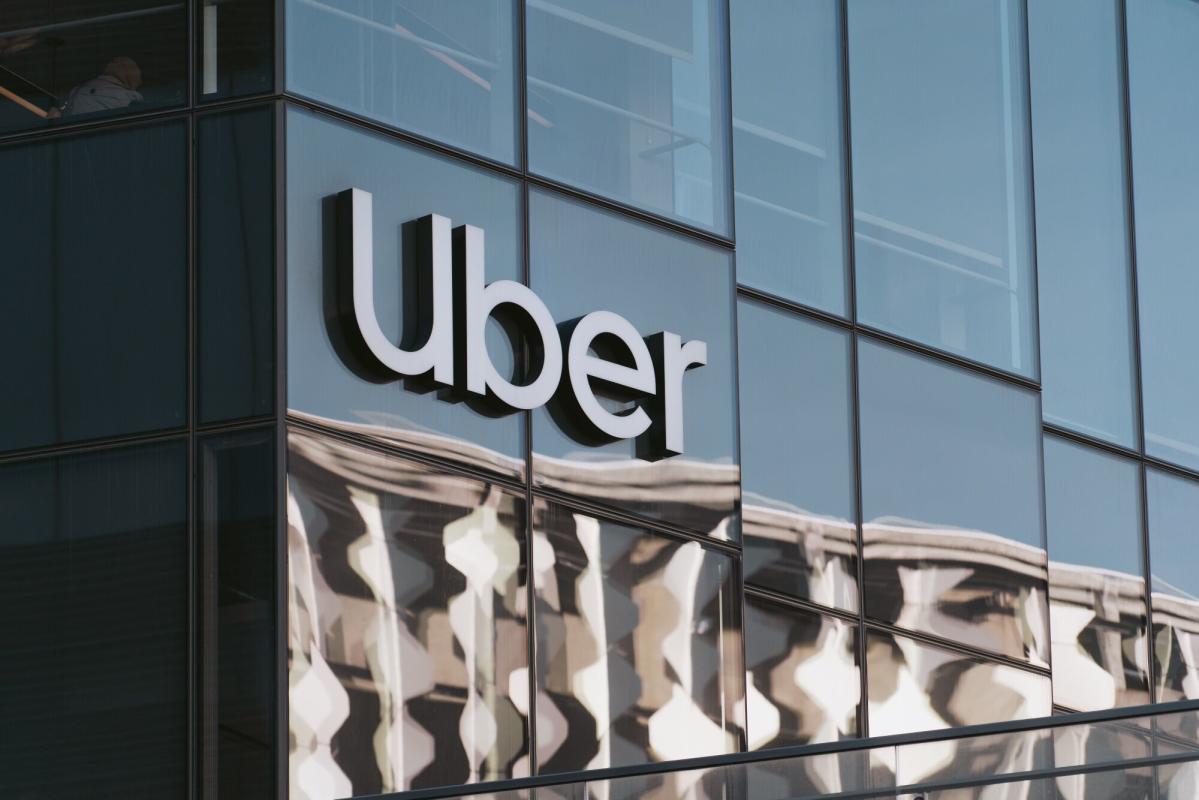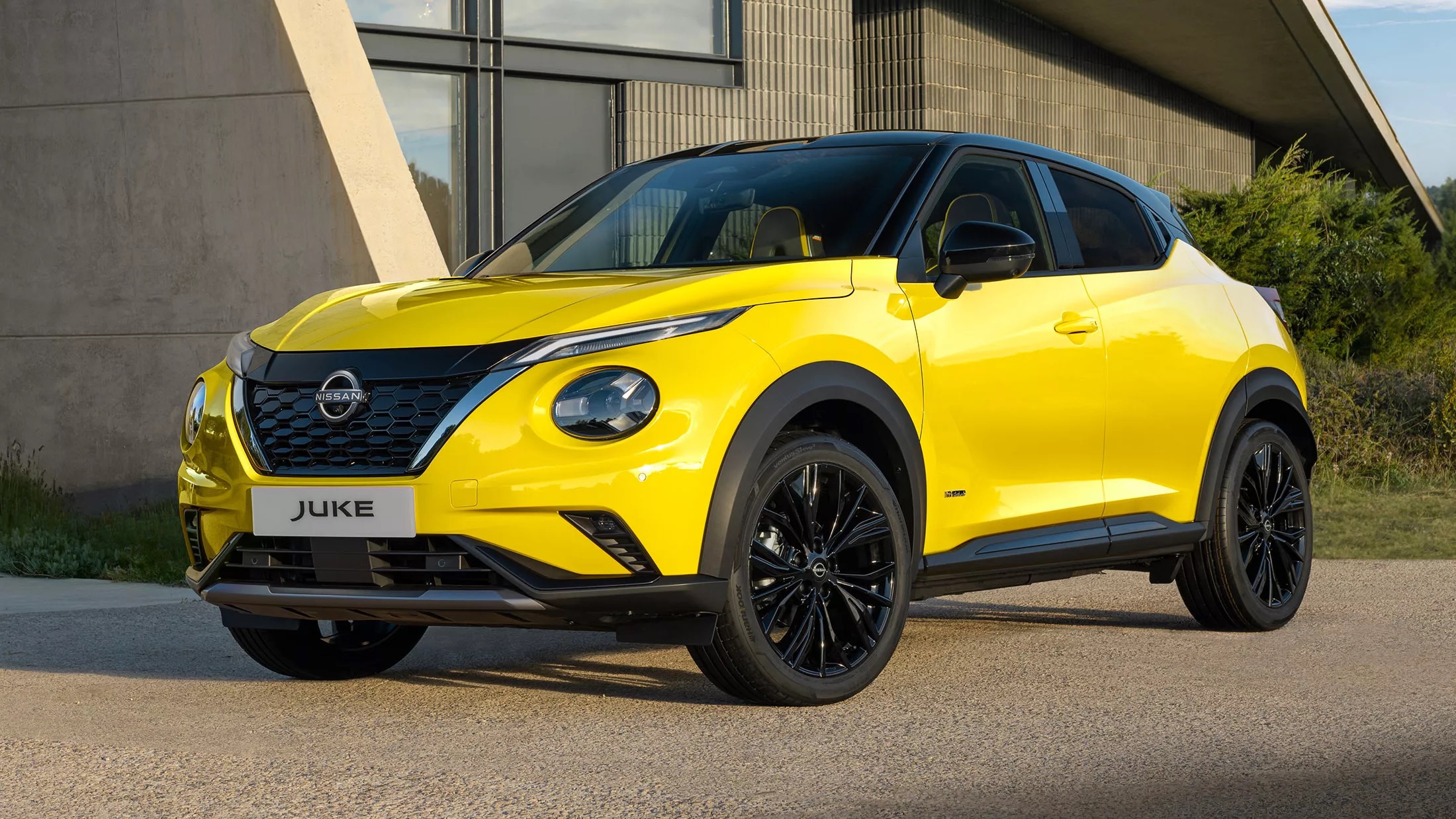Finally, RON95 petrol will get an upgrade after years of uncertainty. Where progressive upgrading of fuel standards has been concerned, the Malaysian government has been slow to provide the industry with a ‘roadmap’ of when changes would occur. In the years that followed the first introduction of fuel standards in 1995, there was hope that a schedule would be planned so that carmakers could likewise plan their engine production and supply to meet new standards, while petroleum companies could plan their investments as the years went by. A schedule was indicated in 2006 but it was not sufficiently firm and industry players kept asking for more definite time-frames to be given.
RON97 petrol got an upgrade to Euro4M but where RON95 was concerned, its standard remained stagnant for years. Diesel was also kept at Euro2 for a long time until the government allowed the supply of the Euro5 grade as an option for vehicles with newer engines.
The reluctance to upgrade standards would have been largely due to the subsidies being provided. If the fuel standards were upgraded, processing costs would go up and the petroleum companies would not be willing to absorb the cost, so subsidies would have to increase if price levels were to be maintained. As it is, the government had to allow that extra 10 sen for the cleaner Euro5 diesel while RON97 was set at a higher price which could at least cover the extra cost of production.
According to a Bernama report, RON95 petrol will be upgraded to Euro4M from next month, bringing it to the same standard as RON97. Actually, the move would have occurred earlier (October 2018) but the government postponed it to have further discussions with involved parties. However, January 2020 was final because of Malaysia’s international commitments to do its part in protecting the environment.
In Europe, the Euro standards began in 1992 and reached the Euro6 level in 2014 with implementation starting in September 2015. The industry was informed that in 2022, there will be a revised standard – Euro 6d – where new models must pass the real-world test with lower limits, effectively equalling the levels in the laboratory test (with some allowance for the equipment).
The ’M’ in Euro4M identifies it as a Malaysian variation of the Euro4 standard originally established by directives applied in the European Union (EU). From what we understand, certain factors are taken into consideration with respect to local issues and conditions so a modified standard was created for Malaysia, hence the ‘M’ suffix.
Benefits of Euro4M
Going from Euro 2M to Euro 4M isn’t going to mean increased performance although there can be a slight benefit in that aspect. This is because the engine will be able to operate more efficiently as the reduction in the level of sulphur in the fuel drops to 50 parts per million (ppm) from 500 ppm. The lower sulphur content will enable carmakers to introduce engines with more effective emission control systems, reducing the toxic levels in exhaust gases.
The upgrade to Euro4M for RON95 takes place as subsidies for the fuel grade start to be gradually removed, coinciding with the Petrol Subsidy Program (PSP) for specific groups to begin in January 2020. The government has said that it plans to increase the price of RON95 petrol by 1 sen each week until it reaches the level established by the Automatic Pricing Mechanism (APM) which is used to determine pump prices. The plan was announced last month by the Deputy Domestic Trade and Consumer Affairs Minister who said it would reduce the burden on the public and prevent prices from spiking once subsidies are removed.
For this week, the APM has established that the real-world price of RON95 fuel should be RM2.36 but it is sold at RM2.08 a litre with a subsidy of RM99.48 million. If the real-world price remained at RM2.36, then with a 1-sen increase each week, the price level would be reached in 28 weeks. Thereafter, the weekly price would be based on whatever the APM determines.
First details of targeted fuel subsidies revealed, starting January 2020




